Anne Inglis reviews Harriet Constable’s fictionalised account of the life of violinist Anna Maria della Pietà, protégé of Vivaldi

The Instrumentalist
Harriet Constable
336PP ISBN 9781526672568
BLOOMSBURY £16.99
Harriet Constable’s latest book is a fictionalised account of the life of the violinist Anna Maria della Pietà, known to be an exceptional performer in 18th-century Venice. Contemporary accounts talk of the skill of the figlie di coro at the orphanage Ospedale della La Pietà in Venice, the orchestra of cloistered girls performing behind a grille for their audiences, of whom Anna Maria was a member.
Constable restricts her reimagining to the personal and musical development of Anna Maria as a virtuoso, and the instability and fluctuating musical relationship with Antonio Vivaldi. This is a fascinating tale about this extraordinary violinist, her connection with her teacher, her approach to learning and mastering the violin, her absorption in composition and her considerable achievements. Constable, who has a musical background, manages to focus on and explore aspects of the violinist’s development as a musician and as a woman in this extraordinary Venetian setting, while not getting distracted by too much detail on Vivaldi’s life. He is treated almost as a shadowy player, although there are key moments in this fictionalised account of their lives that give the story momentum and structure.
The other main player is the role of Venice itself, which is a constant source of colour in its physical, historical and social backdrop, and integral in the life of Anna Maria. We learn about the social support of the orphanage, rescuing babies who are posted through a hole in the wall to be cared for by the nuns, those who are too big to fit dying outside the confines, and then some who are injured through the process and live a life with disability. Anna Maria has a group of friends in the orphanage and their friendship is drawn with sensitivity, as is the musical awakening of many of the aspiring figlie di coro girls; acceptance by the coro gives a better life in privileges such as superior food, and the emphasis on music in the school timetable.
In a clear reference to synaesthesia, Anna Maria’s relationship with music is described as one of colour – in the notes, sounds, moods and speeds. Music, the violin playing itself, and the appearance of Anna Maria’s precious violin with its ‘deep red hue, smooth gloss, the slim neck, the perfect curves, the swirl of black at the tip’, are all sufficiently vaguely described to enable a non-musical and non-violin playing public to read the text without getting deterred by technical detail.
Book review: Nigel Kennedy Uncensored!
Read: Does criticising Vivaldi’s abundant output miss the point?
Read: Sentimental Work: Adrian Chandler on Vivaldi’s Four Seasons
This is Constable’s skill: she weaves a plausible story without getting pinned down by specifics. The story of Anna Maria and her friends – often gritty, and not romanticised in any way – her difficult relationship with Vivaldi (no indication of impropriety), her ambition as a musician and a composer (the inference that she wrote some of Vivaldi’s scores is implied but necessarily unresolved), her hot-headedness and ambition, her escape from the orphanage and its resolution, and behind it all the picture of the waters, the grandeur, the smells and the daily life of Venice at the time: this is a rich tapestry and the author brings the 18th century to life in a story with its roots in fact but enjoying some colourful embroidery.
ANNE INGLIS

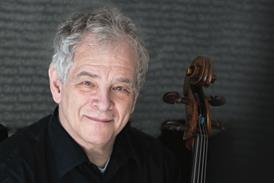
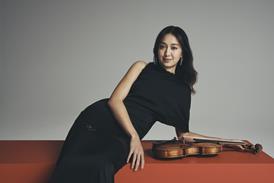


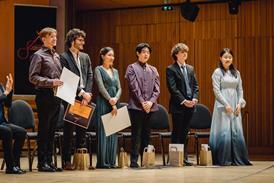
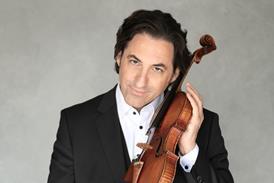
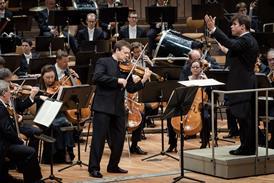


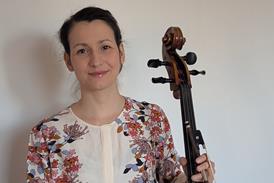
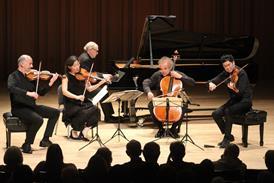


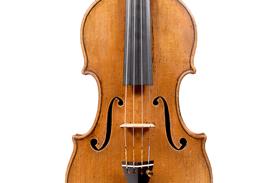
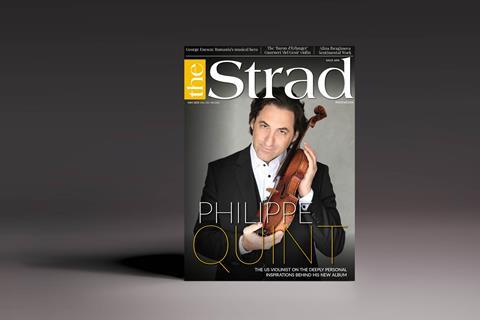




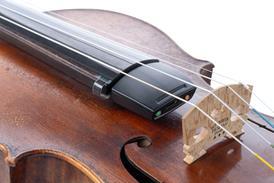

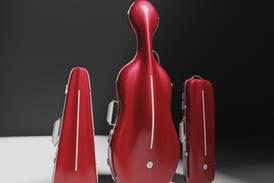












No comments yet